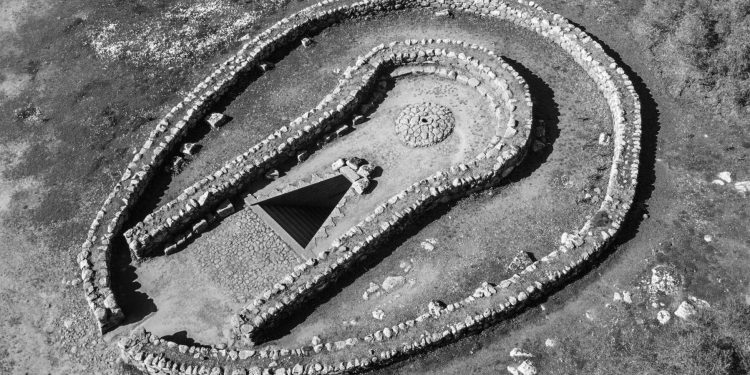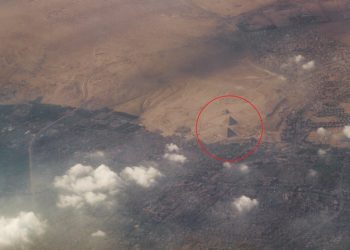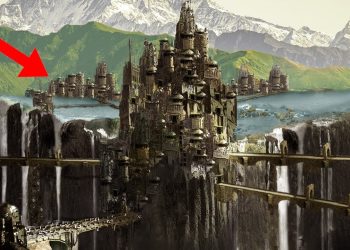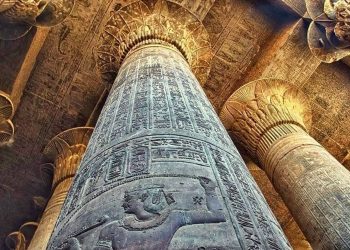One of the most incredible ancient sites in Europe that most people do not even know exists is located in Sardinia, Italy. The ancient monument is part of a Nuragic settlement and is believed to date back at least 3,000 to 3,500 years ago. Some say that this ancient site is home to the most impressive precision-carved stonework in the Mediterranean. Others argue its precision, beauty, and shape are reminiscent of ancient Egyptian workmanship or even that of Pre-Inca cultures in Peru. The truth is that the site is home to a true masterpiece.
A 3,500-Year-old Sacred Well That Defies Explanation
The Sacred Well of Santa Cristina is an ancient structure that is believed to be the highest, most sophisticated expression of ancient Nuragic civilization. Constructed with incredibly precise stone boulders that were perfectly placed into position, the site is even more fascinating when we consider the perfect geometry embedded within it. The Sacred Well was constructed having an orientation from North-Northwest to South-Southwest. Three distinct features make up the Sacred Well. All three were incredibly accurately constructed and chiseled. There is the Atrium, the stairwell, and the hypogeum chamber. Two of these three are external features, the atrium and the stairwell. The architectural masterpiece is visible when observing the trapezoidal stairwell. This sacred well is one of the best-preserved wells on the island.
Astronomical characteristics of the Sacred Well
Although shrouded in mystery like many other ancient structures, the Sacred Well has a few specific characteristics that seem to point towards an astronomical purpose. One is that on the equinoxes, the sun illuminates the well’s interior. The sunlight perfectly penetrates the interior, reflecting off the water. The second and perhaps more fascinating characteristic is that every eighteen years and six months, when the Moon reaches its highest point in the sky, the lunar light passes through the opening of the well, illuminating its interior.
Its builders are shrouded in mystery
The Sacred Well becomes even more impressive when we add into the equation that the civilization that built it, the Nuragic culture, is completely shrouded in mystery. Despite having built incredible, massive monuments, they did not leave behind written records that can tell us more about them. It remains a profound mystery how they managed to erect such sophisticated monuments with mathematical formulas and perfect geometry without any writings. What we do know, however, is that the name that is given to this mysterious civilization is derived from the word nuraghe. It is beyond impressive that, although the Nuragic people were such prolific builders, no written records about them have ever been found. In fact, the only written documents we have that mention the Nuragic civilization come from Roman and Greek literature. Even so, most experts consider that many of the written accounts are considered to be mythological in nature.
What are Nuraghe?
Nuraghe are most characteristic constructions of this ancient culture. A nuraghe is nothing other than a stone tower built using cyclopean masonry. To erect the towers, the builders would use polygonal stone blocks and place them one atop the other. On some towers, the ancient builders would use mud and mortar to hold the stones in place. However, the towers are characterized by the use of uniformly cut stones, a method called the isodomic style. The towers they built are evidence that the Nuragic civilization was extremely advanced. Based on estimates, it is believed that this ancient civilization erected anywhere between seven to eight thousand stone towers on Sardinia. The sheer number of towers suggests that these people were highly advanced architects, engineers, and planners. The Sacred Well of Santa Cristina also tells us that these ancient people were knowledgeable astronomers.
Have something to add? Visit Curiosmos on Facebook. Join the discussion in our mobile Telegram group. Also, follow us on Google News.











